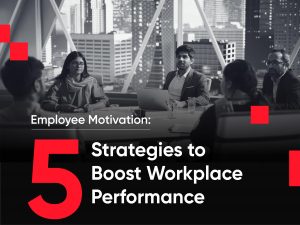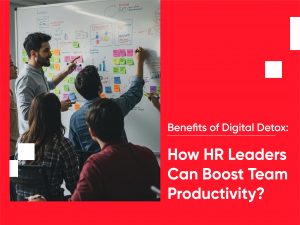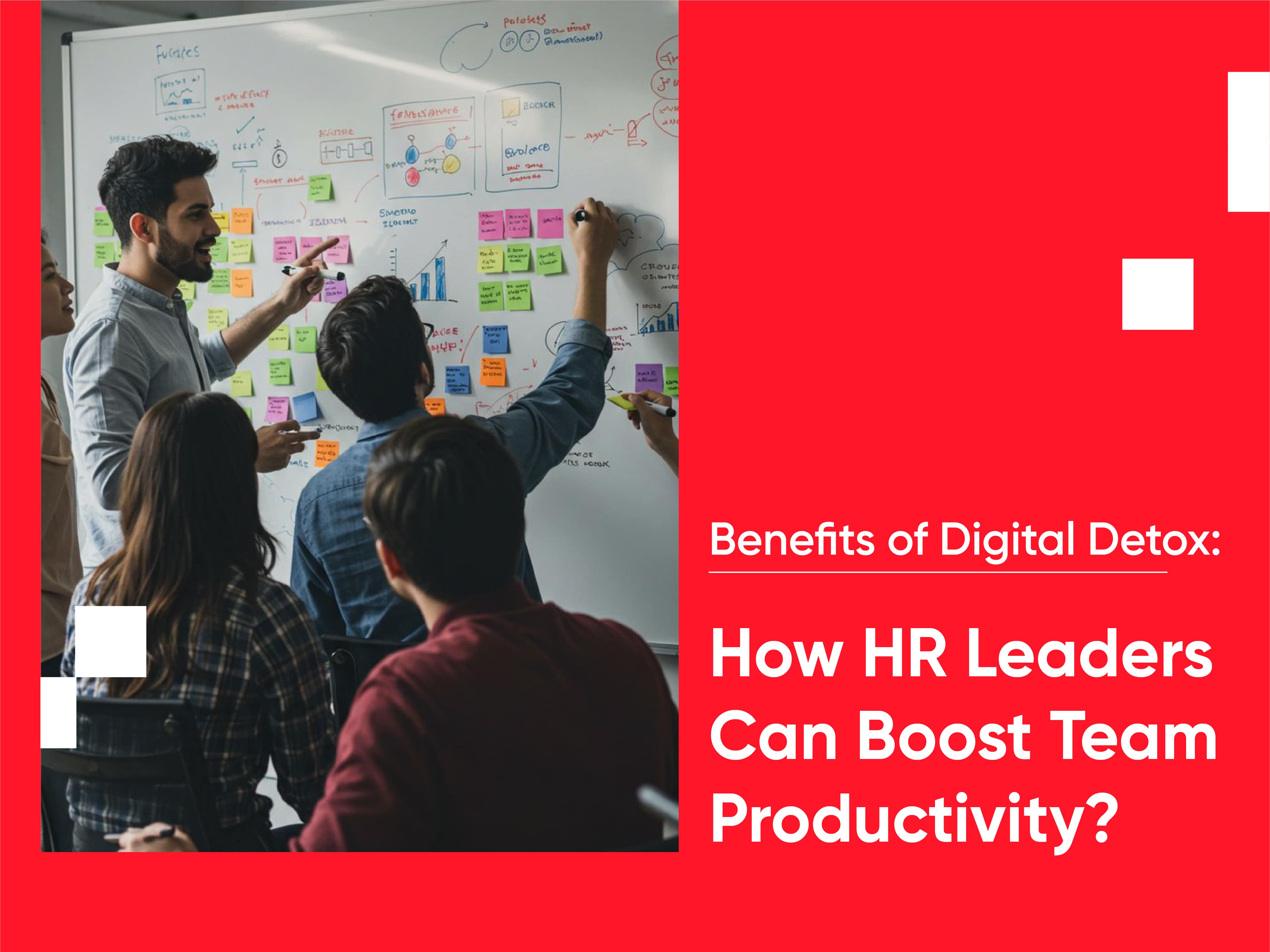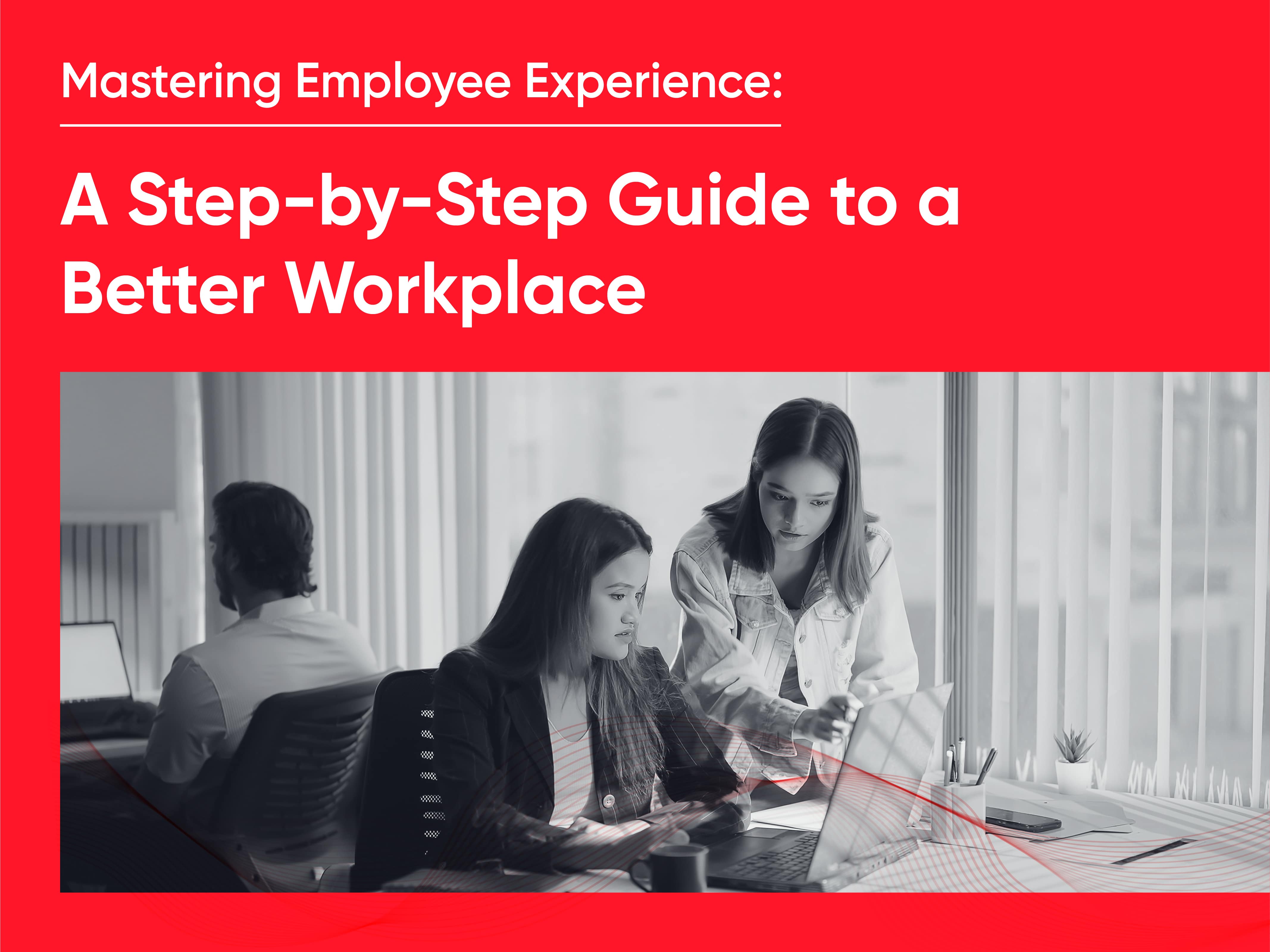Reading Time: 4 minutes
J.W. Marriott, Jr., Executive Chairman at Marriott, famously stated, “Take good care of the people, they’ll take good care of the customer, and the customer will come back.” This statement rings truer than ever in today’s competitive landscape. While many organizations witnessed a surge in their Workplace Wellness Index in 2023, a recent dip of 2 points signals a pressing need to elevate employee wellbeing from a fleeting trend to a sustained priority.

The good news? Industries like Construction, Infrastructure & Real Estate, followed by Retail, are demonstrating leadership in workplace wellness. But the gap between leaders and non-managerial staff paints a concerning picture. A drop in employee wellbeing scores from 83% to 81% for non-managerial roles in 2023 is a call to action for leaders to walk the talk when it comes to wellbeing initiatives.

Healthy Workforce: The Foundation
A healthy workforce forms the bedrock of a thriving organization. Employees are more engaged, productive, and unlikely to burn out when they feel appreciated, supported, and empowered. This translates into improved decision-making, innovation, and problem-solving – all vital ingredients for success.
Leading by Example: Fostering Wellbeing in Leaders

Workplace culture is greatly influenced by leaders. A strong signal is sent to the entire company when executives support and actively engage in wellness programs. Imagine the impact of senior leaders participating in a Women’s Sponsorship Program—a program that fosters leadership growth through mentorship and experiential learning. In addition to helping female leaders, this fosters a more welcoming and encouraging atmosphere for everyone.
Creating Space to Recharge: No-Meeting Days
Imagine a day free from the relentless ping-pongs of emails and back-to-back meetings. No-meeting days are a proactive measure that organizations can take to minimize burnout, and they are beneficial to both leaders and employees. Leaders who actively participate these days not only demonstrate their commitment to wellbeing but also encourage their teams to disconnect and recharge. These wellness practices can be strategically woven into OKRs (Objectives and Key Results), ensuring continuous focus and progress.
Beyond the Basics: Building a Holistic Wellbeing Strategy
While a Women’s Sponsorship Program and no-meeting days are great starting points, a holistic wellbeing strategy encompasses a wider range of initiatives. Here are some additional ways to foster employee wellbeing:
- Financial Wellness Programs: Offer financial literacy workshops, employee discounts, and access to financial advisors to help employees manage their finances effectively.
- Mental Health Support: Provide access to Employee Assistance Programs (EAPs) with confidential counseling services, mental health resources, and awareness campaigns to address the stigma surrounding mental health.
- Physical Wellbeing Initiatives: Encourage physical activity through on-site fitness centers, subsidized gym memberships, or healthy workplace challenges. Promote healthy eating habits by offering healthy snacks in cafeterias or partnerships with healthy meal delivery services.
- Work-Life Balance Initiatives: To assist employees in successfully juggling their personal and professional lives, provide extensive parental leave policies, remote work options, and flexible work schedules.
The Power of Metrics: Measuring the Impact of Wellbeing Initiatives
Investing in employee wellbeing requires a data-driven approach. It’s crucial to track the impact of your initiatives through surveys, focus groups, and employee engagement metrics. Regularly monitor employee wellbeing scores, absenteeism rates, and turnover rates to assess the effectiveness of your programs and identify areas for improvement.
The Wellbeing Chain Reaction in Action

Investing in a healthy workforce has a ripple effect throughout the organization, creating a Wellbeing Chain Reaction:
- Healthy Workforce: When employees feel supported and empowered, their wellbeing improves.
- Healthy Workplace: A culture that prioritizes wellbeing fosters collaboration, productivity, and innovation.
- Healthy Business: A healthy workplace translates into better customer service, improved brand reputation, and, ultimately, a thriving business.
The Business Case for Wellbeing
Beyond the ethical imperative of caring for your employees, there’s a strong business case for investing in employee wellbeing. Studies have shown that companies with strong wellbeing programs experience:
- Reduced absenteeism and presenteeism: When employees feel healthy and supported, they’re less likely to miss work or be unproductive while at work.
- Increased employee engagement and productivity: Employee engagement increases productivity and innovation because engaged workers are more committed to their jobs.
- Improved employee retention: Companies with strong wellbeing programs experience lower turnover rates, saving them significant time and resources associated with recruitment and onboarding.
- Enhanced employer brand: Organizations known for their commitment to employee wellbeing attract and retain top talent in a competitive market.
Conclusion: A Sustainable Investment
Investing in employee wellbeing is not an expense but a strategic investment in the future of your organization. By creating a Wellbeing Chain Reaction, you can cultivate a thriving workforce, a healthy workplace, and, ultimately, a successful business. Let’s move beyond short-lived trends and build a culture of wellbeing that empowers employees, fosters innovation, and ensures long-term success. It’s important to keep in mind that a happy and healthy workforce translates into a profitable and productive company.










